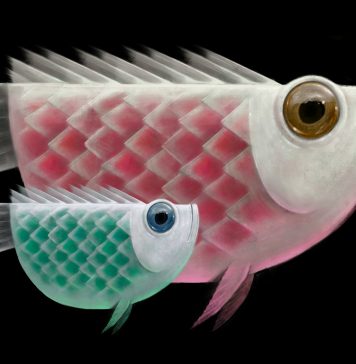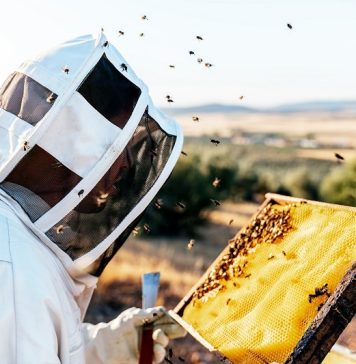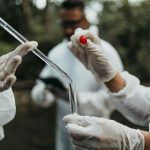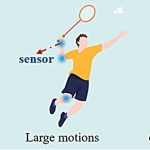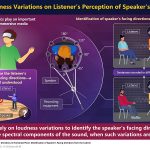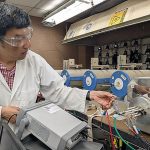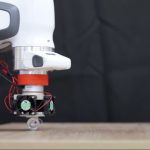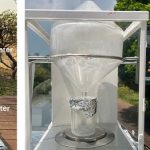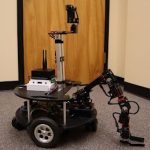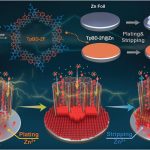Stretchable smart sensor could spot water pollution in just a blink
Clean water is essential for our health, food, cities, and industries.
Yet, detecting water pollution quickly and accurately remains a big challenge—especially in places without...
Pets get hay fever too: How to spot it and manage it
Summer often brings with it the unmistakable sniffles and sneezes of hay fever.
As plants and trees release pollen into the air, many of us...
What is the optimal setting for your air conditioner
Ahh, summer, a time of vacations at the beach or mountains—and sky-high electricity bills as your air conditioner labors against the heat and humidity.
But...
Ultra-stretchy smart foam could power the future of wearable tech
Scientists in China have created a new kind of soft, stretchable foam that could transform how we track body movement, monitor health, and interact...
How sound waves could help make lithium batteries smarter and safer
Lithium-ion batteries power almost everything we use today—from smartphones and laptops to electric cars.
But while these batteries have changed how we live, there’s still...
How sound tells us where someone is facing—and why it matters in virtual reality
Have you ever wondered how we can tell which direction someone is facing just by hearing their voice?
A group of researchers in Japan recently...
A super-strong fuel cell could help balance the power grid—and it runs on water
As the world shifts toward clean energy sources like solar and wind, managing the power supply becomes a serious challenge.
These sources don’t produce energy...
Smart sticky surface could revolutionize micro-LED displays
Researchers at South Korea’s Pohang University of Science and Technology (POSTECH) have created a groundbreaking material that can stick to tiny objects like micro-LED...
New material could revolutionize low-power memory and 6G devices
Imagine your phone or computer lasting much longer on a single charge, storing more data, and running more smoothly.
Thanks to a new breakthrough from...
Sunlight and a sponge: A simple way to turn seawater into drinking water
Most of the water on Earth is salty ocean water—not suitable for drinking.
While desalination plants can remove the salt and make seawater drinkable, they...
How a pizza-sized robot and VR could change lunar missions
Someday, robots might crawl across the moon helping astronauts build science labs and even future homes—and some of the early work to make that...
New AI-designed materials could cut energy bills and tame heat
Imagine a future where your home stays cool in the summer without blasting the air conditioner—and your electricity bill is much lower.
Thanks to a...
FEATURED
How ancient stars created super-heavy elements
In a remarkable discovery, scientists have found that ancient stars were not just twinkling lights in the night sky but incredible factories that produced...
Hidden worlds beneath the Arctic: Mysterious ocean vents offer clues to alien life
A groundbreaking study has revealed unexpected diversity in hydrothermal vent formations deep beneath the Arctic Ocean.
These findings shed light on the mysterious origins of...
Does space trash ever naturally break down
Remember when Elon Musk launched a car into space?
That car’s not just peacefully drifting through a vacuum — it’s hurtling around the sun at...
New protective layer could make zinc batteries last hundreds of times longer
As the world shifts toward renewable energy, finding ways to store large amounts of electricity efficiently has become a major focus.
Lithium-ion batteries, while popular,...
From campfires to cancer cures: How fire is fueling the nanotech revolution
Fire has been a part of human history for thousands of years.
It helped us cook, build tools, and power engines. Now, it’s playing a...

